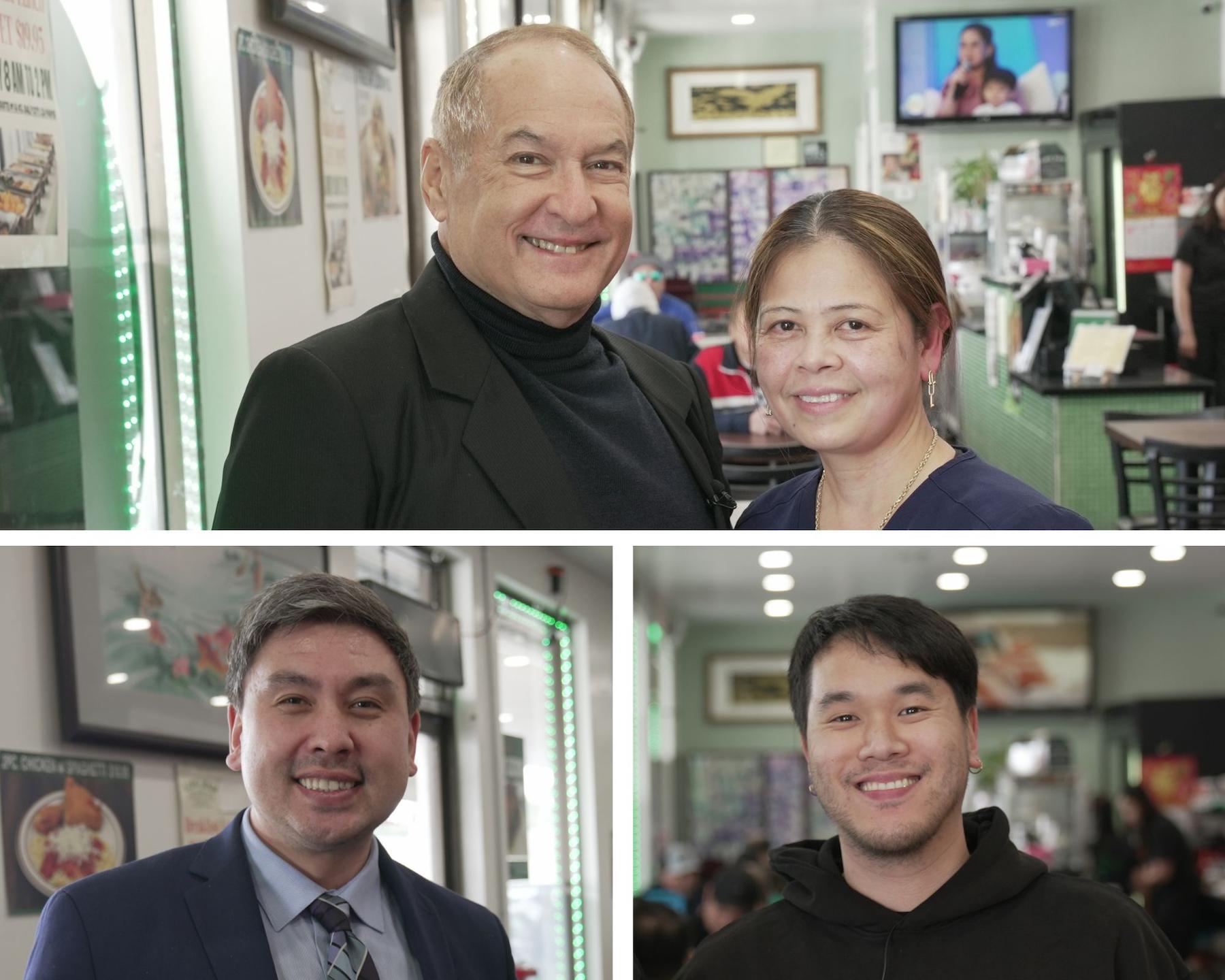There are only so many immigrant visas available (or allocated) for your country each year.
Many people under petition are confused and mystified about the priority date on their petition, why it moves so slowly, why it may retrogress (or move backwards), or sometimes does not move at all. In other words, why does it take so long?
The answer or explanation can also be confusing. Basically, a person’s priority date is his or her “place in line” for a visa. The priority date is established based on the date the petition was filed, or, for employment cases, the date the PERM application was accepted by the Department of Labor. Therefore, the longer a person delays in filing, the longer it takes to have a priority date or “get in line.”
There are only so many immigrant visas available (or allocated) for your country each year. Annual allotments of visas are divided among the various countries, and then subdivided among the various employment and family – based preference categories. (It’s kind of like taking a pizza or pie, and dividing it into numerous slices based on countries and types of petitions).
According to the Department of State (DOS), each month the DOS’s Visa Office subdivides the annual visa allotments into monthly allotments, based on the total number of applicants who are “documentarily qualified” (or ready to be processed for immigrant visas), based on the applicant’s country of birth and type of petition. (This is the monthly “Visa Bulletin”) If there are sufficient visas in a particular family or employment based category to satisfy all reported documentarily qualified applicants, the category is considered “Current.” For example: If the monthly allocation target is 3,000 and there is only demand for 1,000 applicants, the category will be “Current”. Whenever the total number of documentarily qualified applicants in a category exceeds the supply of visas available for allotment for the particular month, the category is considered to be “oversubscribed,” and a visa availability cut-off date is established. The cut-off date is the priority date of the first documentarily qualified applicant who could not be accommodated for a visa number. For example: If the monthly target is 3,000 and there is demand for 8,000 applicants, then it would be necessary to establish a cut-off date so that only 3,000 visas would be allocated. In this case, the cut-off would be the priority date of the 3,001st applicant.
In other words, it is all an issue of “supply and demand.” There is only a limited “supply” of visas, in relation to the overwhelming “demand.” By way of example, if there is a theater with 2000 seats, but 50,000 people want tickets, then there’s going to be a long line outside that theater. The same is true with visas. So if, for example, brothers and sisters of US citizens are allotted 1,500 visas per year, and there are 50,000 brother and sister petitions, there is going to be a long wait until people eventually get to the front of the line. In addition, don’t forget that if someone is under petition, the petition may not just include that person, but also some family members as well. So, if someone has been petitioned as a married child of US citizen (category F-3), and he or she has a spouse and four children, that person is using up (or eating) six visas of the annual allotment.
Also, when there are far more “documentarily qualified” applicants than the number of visas available (based on the existing cut off or priority date), then sometimes the Visa Office moves the priority date back even further (or the priority date retrogresses), so that the allotment of visas maintains an even pace with the existing supply.
Finally, many people who are frustrated with the slow pace of their case ask if there’s any way to “expedite” their petition. Unfortunately, unless you are an “immediate relative” of a US citizen (parent, minor child, spouse), then you cannot “expedite” the case. The reason is that when you ask to expedite, you are effectively asking to “cut in front of the line.” Can you imagine being at the end of the line at the Embassy, and then walking up to the person who is already at the window, tapping on his shoulder and asking, “Excuse me, do you mind if I go ahead of you?”. Do you think that he would let you? That is what happens by asking to expedite.
However, sometimes there may be other available faster routes. For example, if your spouse was born in a country other than the Philippines, you may be able to use the priority date of your spouse’s country. If you have an old approved employment petition, it could be possible to recycle the old priority date. If you believe that you may possibly be eligible for a faster or different route, you should definitely seek the advice of an attorney, who can evaluate your case and let you know your chances and options.
* * *
Michael J. Gurfinkel is licensed, and an active member of the State Bar of California and New York. All immigration services are provided by, or under the supervision of, an active member of the State Bar of California. Each case is different. The information contained herein including testimonials, “Success Stories,” endorsements and re-enactments) is of a general nature, and is not intended to apply to any particular case, and does not constitute a prediction, warranty, guarantee or legal advice regarding the outcome of your legal matter. No attorney-client relationship is, or shall be, established with any reader.
WEBSITE: www.gurfinkel.com
Call Toll free to schedule a consultation for anywhere in the US:
(866)—GURFINKEL
Four offices to serve you: LOS ANGELES · SAN FRANCISCO · NEW YORK · PHILIPPINES






